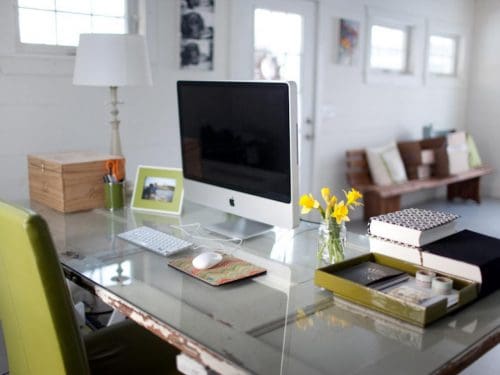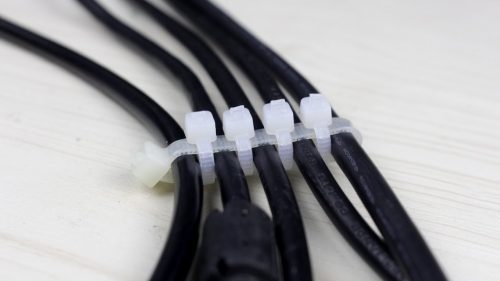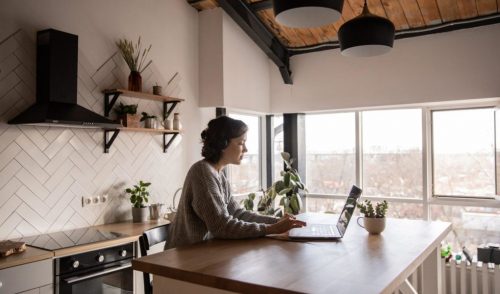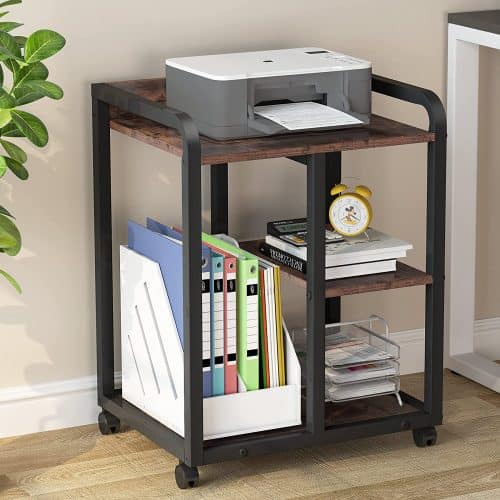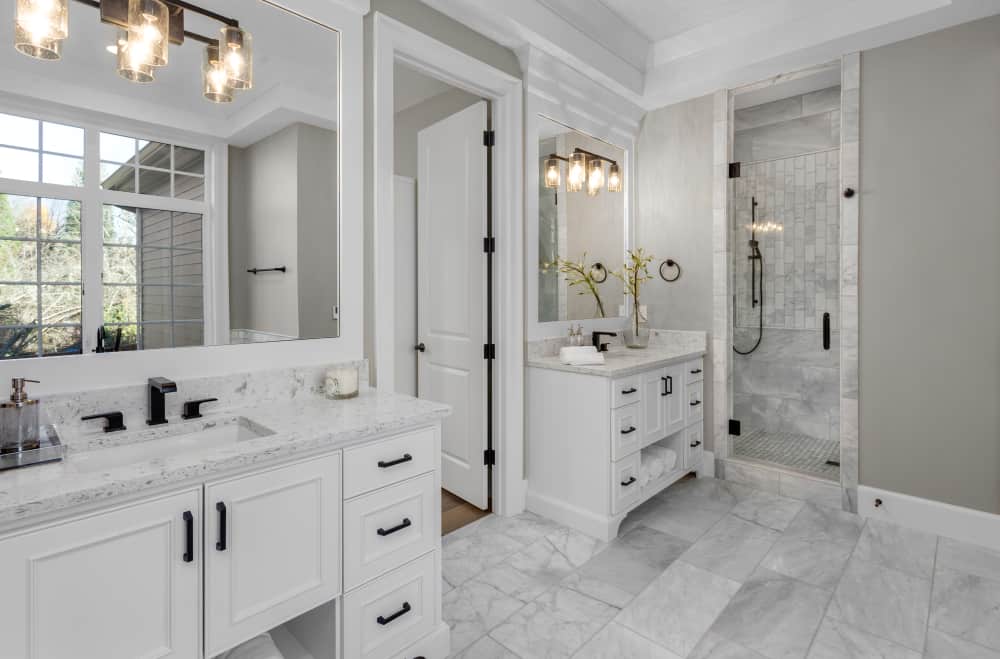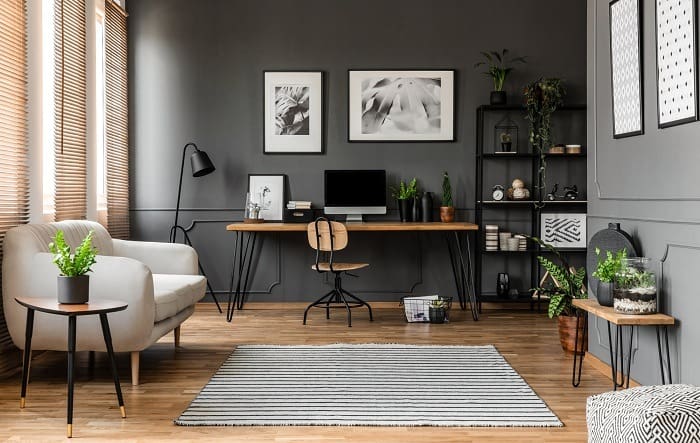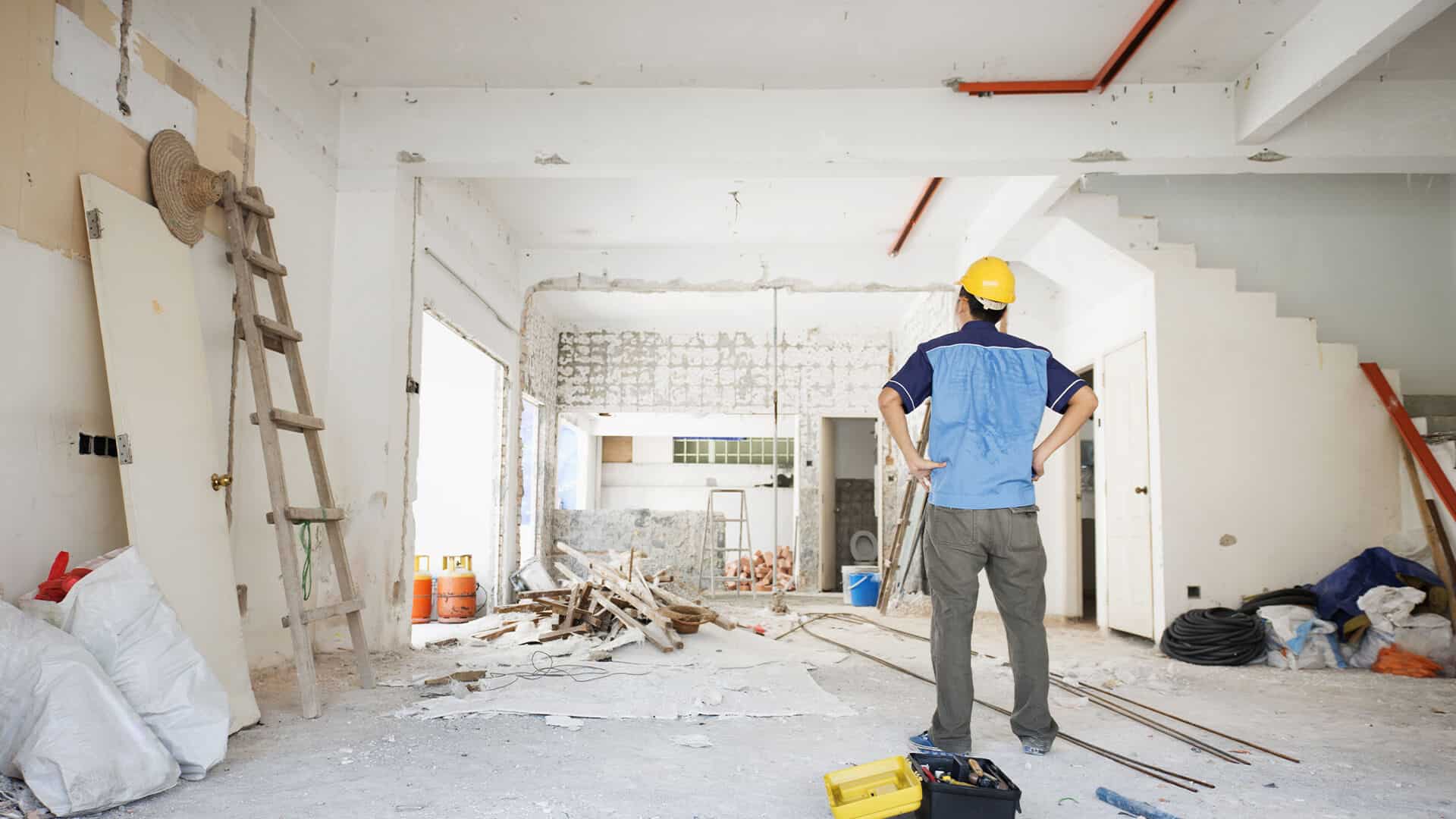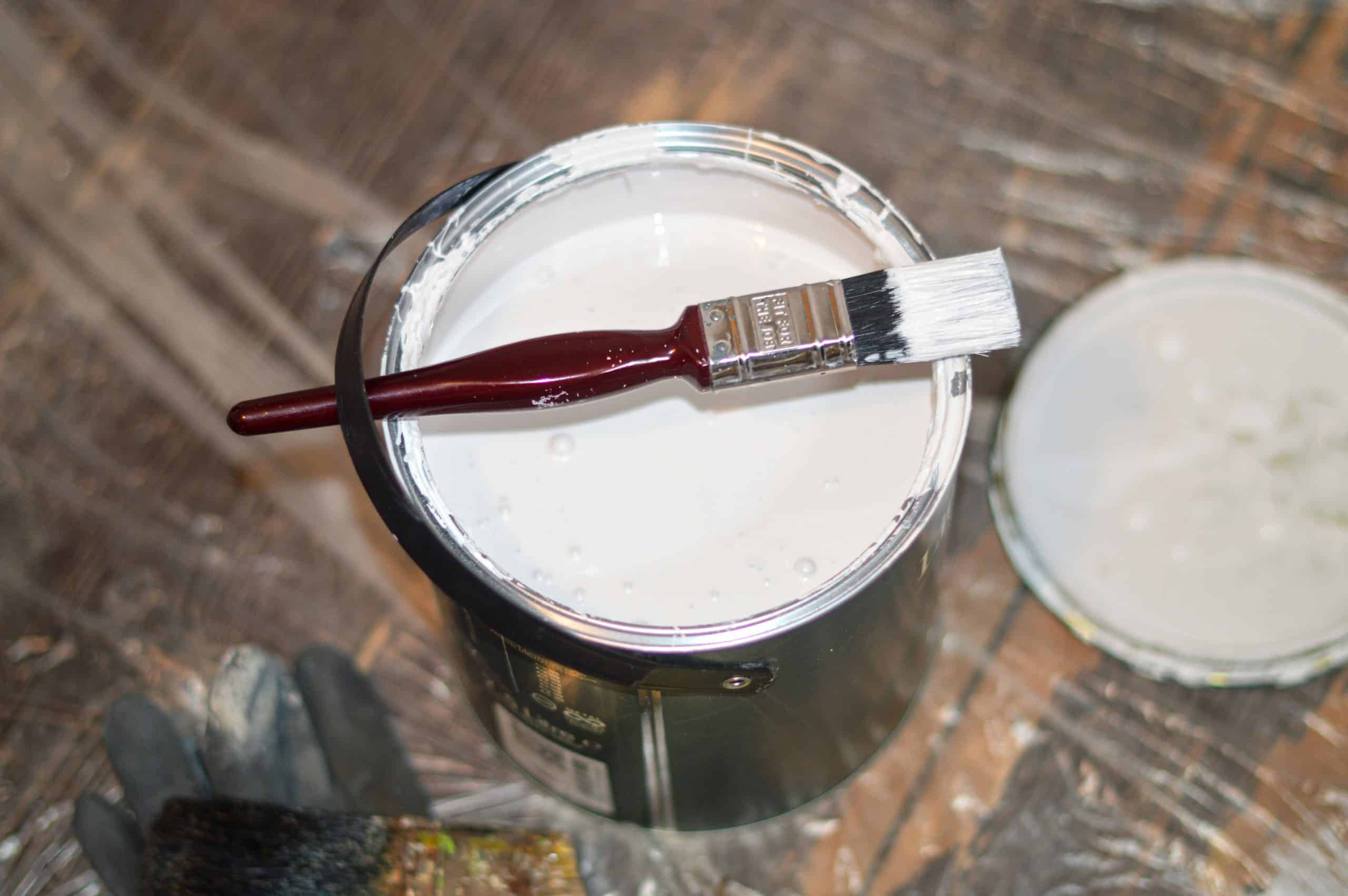For the last couple of years, working from home has been the norm for countless people.
Most remote workers have gone through the effort of setting up a home office, where they can continue to work all while having the comforts of home.
But what if you’re someone who isn’t comfortable?
What if your workspace is too small, cramped, or cluttered?
You don’t have to punish yourself by working in a tiny, confined work environment.
There are several steps you can take to increase your office space, making the remote work experience more enjoyable for you.
Page Contents:
Step 1 – Get Rid of Clutter
Organizing your home office is an excellent way to stay focused. When everything is where it’s supposed to be, it makes your work much easier.
That’s why it’s important to get rid of clutter before it gets too out of control. If you have a lot of files and documents, store them in a filing cabinet or in dedicated folders. Documents that are no longer needed should either be archived or disposed of.
Keep all your pens and pencils in one place with a mug or pencil cup. If you need to keep track of any notes or progress, have a dedicated notebook or agenda to jot everything down in.
If your office space is organized, but the rest of the room is a mess, then cleaning it will improve both your mood and your ability to focus.
Step 2 – Manage Your Cables
Wayward cables are more than just an eyesore. They can also take up far more space than they need to.
The first step to managing your cables is to unplug and untangle them. Sort out which cable belongs to which device, and label it for future reference. If you find a cable that has no use, either throw it away or hold onto it in case you do end up needing it later on.
Once all of your cables have been organized, zip-tie them together. Zip-ties are very cheap to purchase in bulk, and tying all of your cables together will free up some space for your home office.
Never again will you have to worry about looking at cables scattered all across the floor!
Step 3 – Use a Space-Saving Desk
The center of any home office space is the desk. Depending on how much space is available to you, there are some desks designed for smaller offices.
A wall-mounted desk allows you to occupy a nook without taking up too much space. You can also use a fold-out desk, which makes easy storage possible at the end of the workday.
You can also place a small desk behind your couch or near a hallway, creating a dedicated office area while also saving space.
Step 4 – Alternatives to Desks
Don’t have a desk to work on? Or do you lack the space to put a desk? There are some alternatives you can try.
Bring your home office into the kitchen and use the kitchen table as a work desk. Put a chair or a stool next to your countertop, and you’ve suddenly turned the kitchen counter into your office space.
Make sure that your computer is at eye level when working from a table or counter. If needed, elevate it with books or other small objects.
By doing so, you reduce the risk of straining your neck and eyes by looking down all day.
Step 5 – Put Your Printer Somewhere Practical
Printers are a vital part of any home office, but they’re also bulky. It’s easy to prepare space in your office for a printer, only to find that you’ll need more room to accommodate it. Fortunately, there are a few places in your home office where you can fit a printer.
If you have a desk or a cabinet with shelf space, this would be an excellent space to store your printer. Tucking it away in a nearby closet is also an option, keeping the printer out of sight but within easy reach.
You can also put it on a rolling cart, and keep it close to your computer area. The added benefit of a cart is that you can unplug the printer at any time, then easily transport it to somewhere more convenient.
It also lets you easily store the printer once the workday comes to an end.
Step 6 – Take Advantage of Shelving
Don’t build wide, build tall! Using vertical space to your advantage is a great way to save space in your home office.
Set up your home office near shelving units for easy storage. The more wall space you use, the more floor space you leave open for furniture or other office necessities.
Shelves can also add a bit of style to any office space, giving you an opportunity to decorate with books, houseplants, or other trinkets that will breathe new life into your office.
Where Should Your Home Office Be Located?
One of the advantages of working from home is that you can work wherever you want. Your ideal home office should be an area in the house where you can be productive, but also comfortable.
There is no right or wrong answer to where your home office should be.
Ultimately, the decision is up to you.
Of course… consistency is key.
That’s why your home office should be a permanent place where you can work as productivity declines when you’re constantly changing and switching around your workspace.

